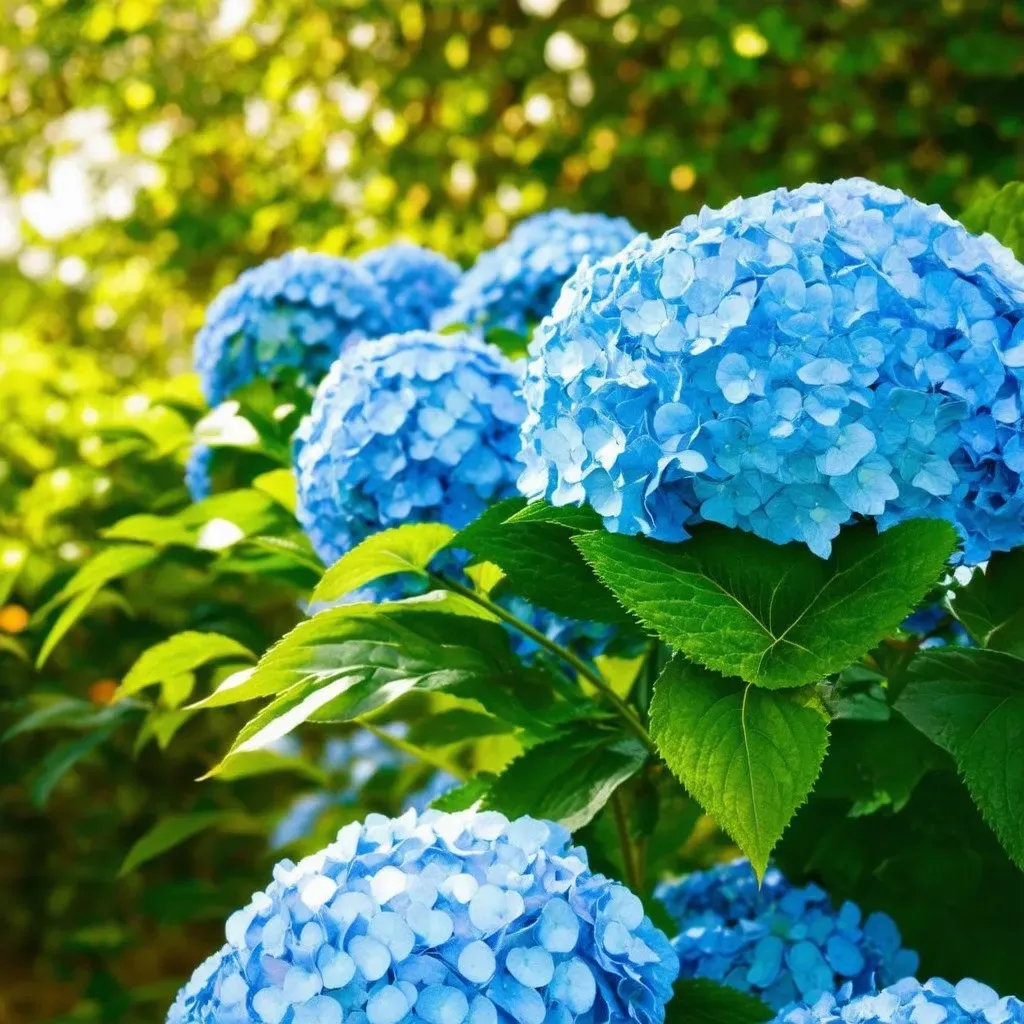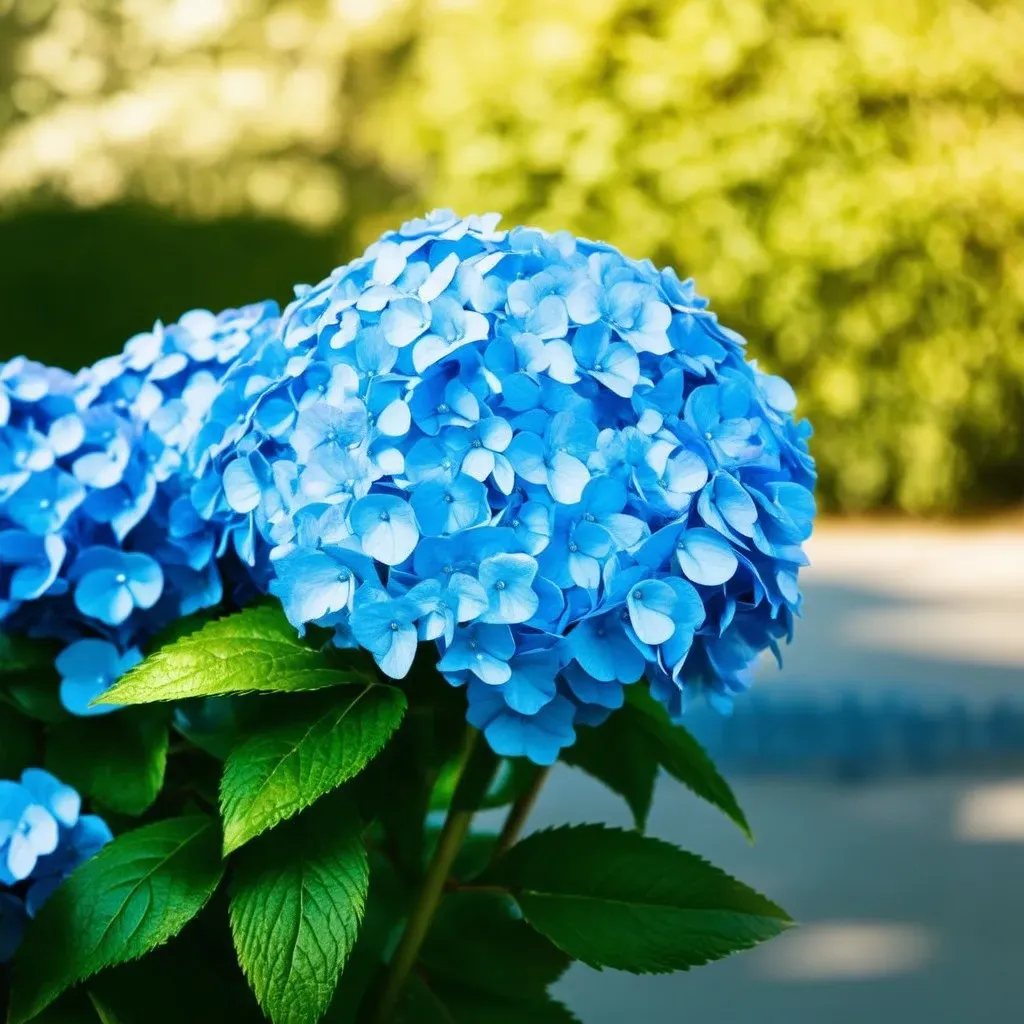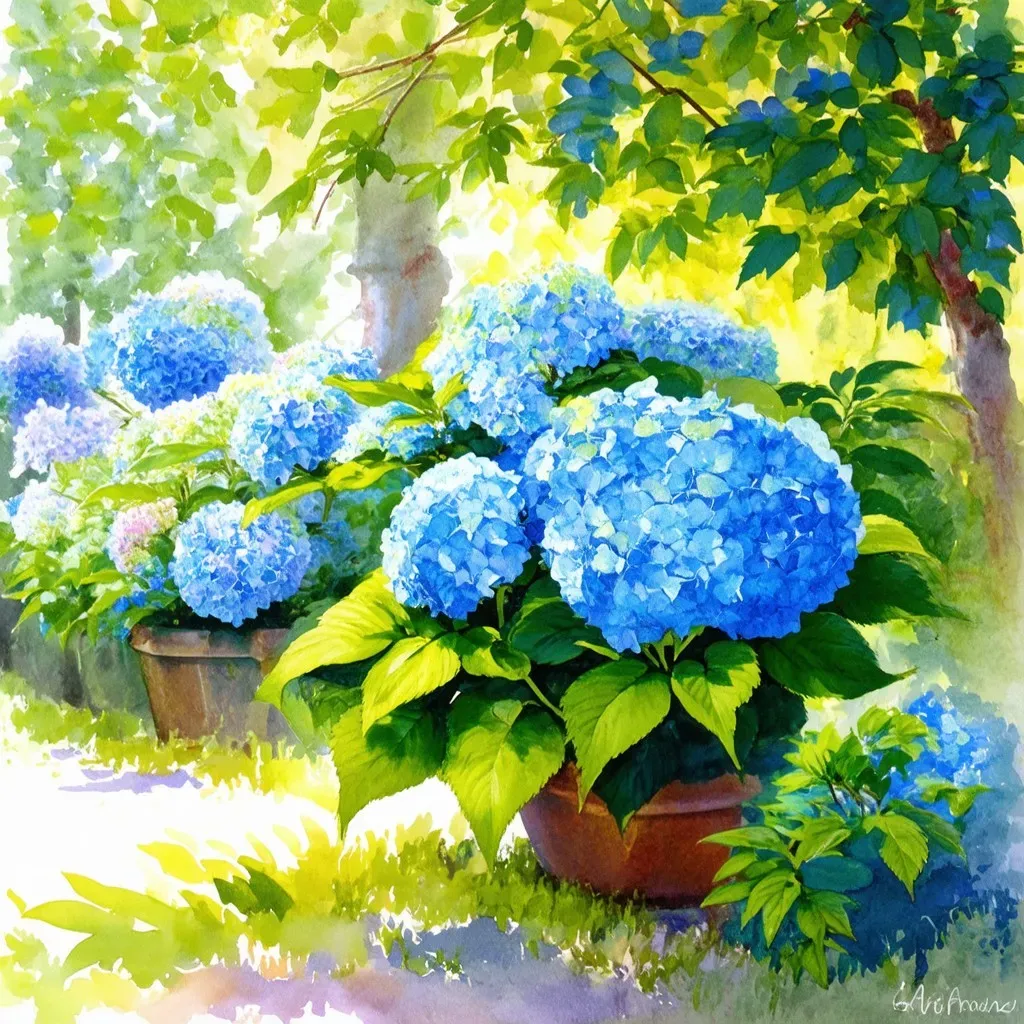Keyword: blue hydrangeas
Blue hydrangeas are a breathtaking addition to any garden, known for their vibrant and stunning blooms that can add a splash of color to your landscape. These remarkable flowers change hues based on soil pH and exhibit a variety of shades from soft sky blue to deeper cobalt. Growing blue hydrangeas can be a rewarding experience for gardeners, provided you understand the essential care and conditions they require.
Understanding hydrangea Colors
Hydrangeas are unique in that their blooms can change color based on the acidity or alkalinity of the soil. Here’s a quick reference guide on how to achieve different hydrangea colors:
| Color | Soil pH | Notes |
|---|---|---|
| Blue | 5.5 or lower | Requires acidic soil. |
| Pink | 6.5 or higher | Needs neutral to alkaline conditions. |
| Purple | 5.5 to 6.5 | Achieved through varying soil acidity. |
Key Factors Influencing Hydrangea Color
-
Soil pH:
The pH level of the soil plays a crucial role in determining the color of hydrangeas. To grow blue hydrangeas, gardeners should aim for a soil pH of 5.5 or lower. -
Aluminum Levels:
The presence of aluminum in the soil is essential for producing blue flowers. Blue hydrangeas thrive in acidic soils where aluminum is more available for uptake by the plant. -
Hydrangea Varieties:
Not all hydrangeas can produce blue flowers. Typically, bigleaf hydrangeas, such as hydrangea macrophylla, are the ones that can display this phenomenon based on soil conditions.

How to Make Hydrangeas Blue
If you’re aiming to turn your hydrangeas blue, consider the following methods:
-
Testing Soil pH: Before making any adjustments, it’s important to know your current soil pH. Soil testing kits are widely available and provide a reliable reading.
-
Lowering Soil pH:
- Add Aluminum Sulfate: This compound increases soil acidity, which encourages the blue hue in hydrangeas. It’s typically recommended to apply aluminum sulfate at a rate of 1 tablespoon per gallon of water for blueing purposes.
- Use Organic Matter: Incorporating organic materials such as compost or pine needles can naturally lower soil pH.
-
Regular Monitoring: It’s crucial to monitor soil pH annually, as it can shift due to rain, watering practices, and organic matter decomposition.
Essential Care for Blue Hydrangeas
Maintaining blue hydrangeas requires understanding their specific needs, including light, water, and fertilization.
Light Requirements
- Blue hydrangeas thrive in a range of light conditions. Ideally, they need partial shade, especially during hot summer months. A balance of morning sun and afternoon shade often yields the best blooms.
Watering
- These hydrangeas require consistent moisture. Watering should occur when the top inch of soil feels dry. In particularly hot and dry environments, hydrangeas may need daily watering.
Fertilizing
- Apply a fertilizer specifically designed for hydrangeas in early spring. Look for fertilizers with high potassium content, which can enhance bloom color and vitality. A recommended blue hydrangea fertilizer typically features a nitrogen-phosphorus-potassium (N-P-K) ratio such as 10-20-20.
Common Varieties of Blue Hydrangeas
There are several varieties of blue hydrangeas, each with unique features:
| Variety | Characteristics | Bloom Time |
|---|---|---|
| Nikko Blue | Large, round, deep blue clusters | Late spring to summer |
| Endless Summer | Reblooms throughout summer; adaptable colors | Late spring to frost |
| Bailmer (Blushing Bride) | White to blue changing flowers | Early summer |
| Tuff Stuff | Lacecap blooms with striking blue tones | Summer |

FAQ about Blue Hydrangeas
1. Can all hydrangeas turn blue?
No, only certain species, particularly bigleaf hydrangeas (Hydrangea macrophylla), can change colors based on soil pH.
2. How often should I adjust my soil pH?
You should test your soil annually to ensure the pH remains optimal for producing blue flowers.
3. Will my hydrangeas stay blue once they turn?
If you maintain the right soil conditions, your hydrangeas can retain their blue coloration. However, shifts in soil pH can cause color changes.
4. How do I keep my blue hydrangeas lush and vibrant?
In addition to maintaining low soil pH and moisture levels, be sure to prune your hydrangeas appropriately and protect them from extreme weather.
5. What do I do if my hydrangeas aren’t turning blue?
Ensure that your soil is indeed acid enough (pH < 5.5) and consider adding aluminum sulfate. Avoid using lime or Other alkaline amendments that could shift the pH higher.

Conclusion: Embrace the Beauty of Blue Hydrangeas
Blue hydrangeas can truly transform your garden with their stunning colors and lush foliage. By understanding their specific needs and how to manipulate soil conditions, you can cultivate a beautiful display of vibrant blue blooms. Whether you’re enhancing your landscape or creating a visual focal point, these flowers can be a magnificent addition to any garden setting. For more insights and detailed care tips, you can visit Better Homes & Gardens.
Now, get ready to indulge in the delightful journey of growing blue hydrangeas, and watch your garden transform into a colorful wonderland!



